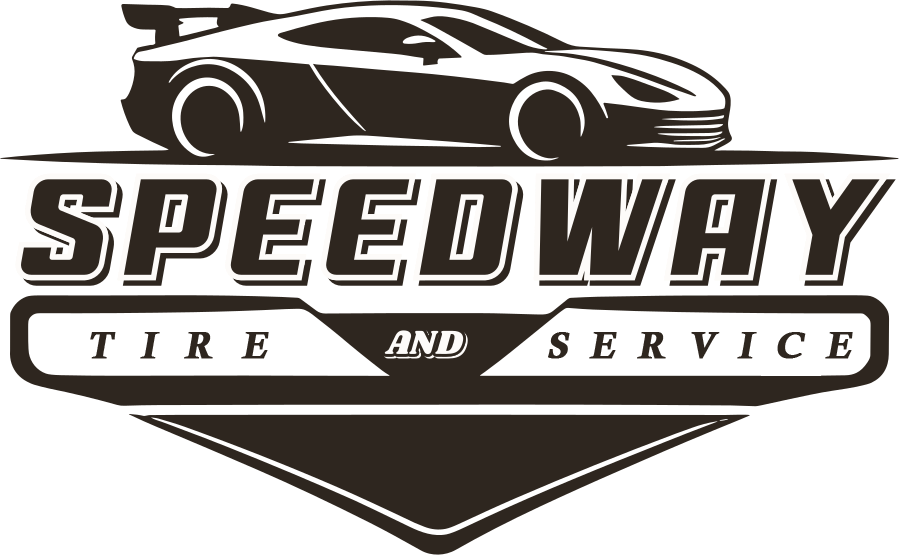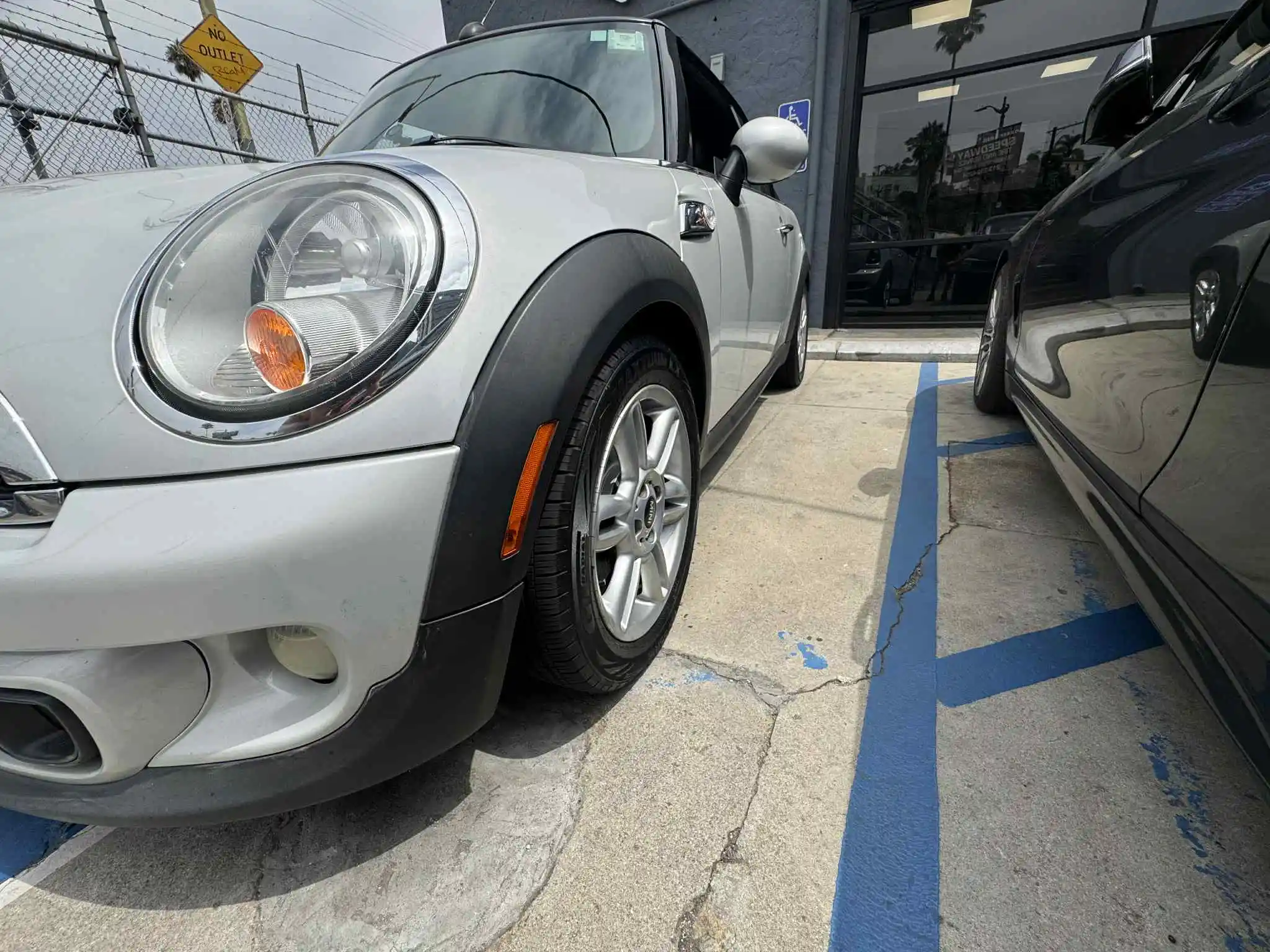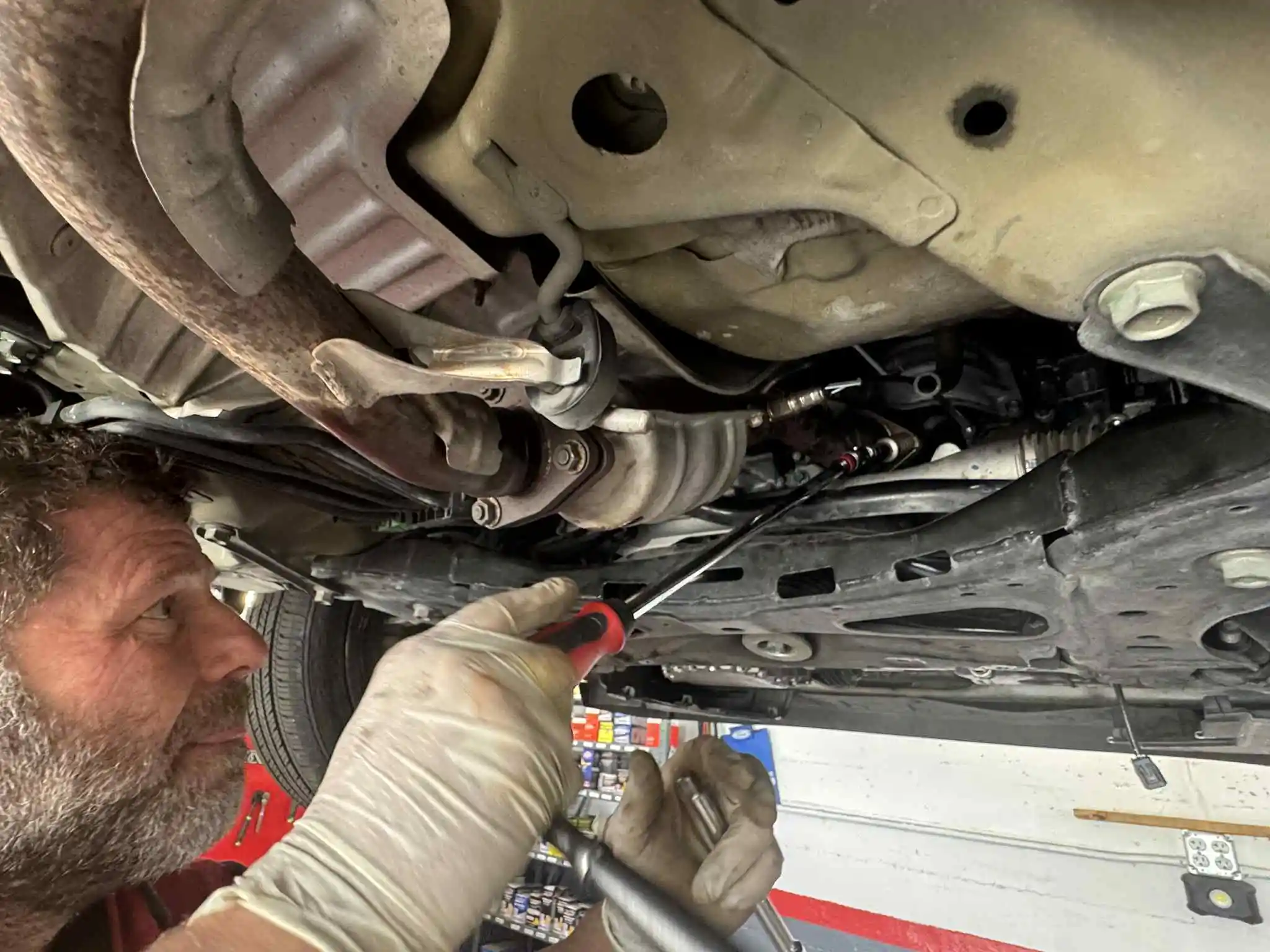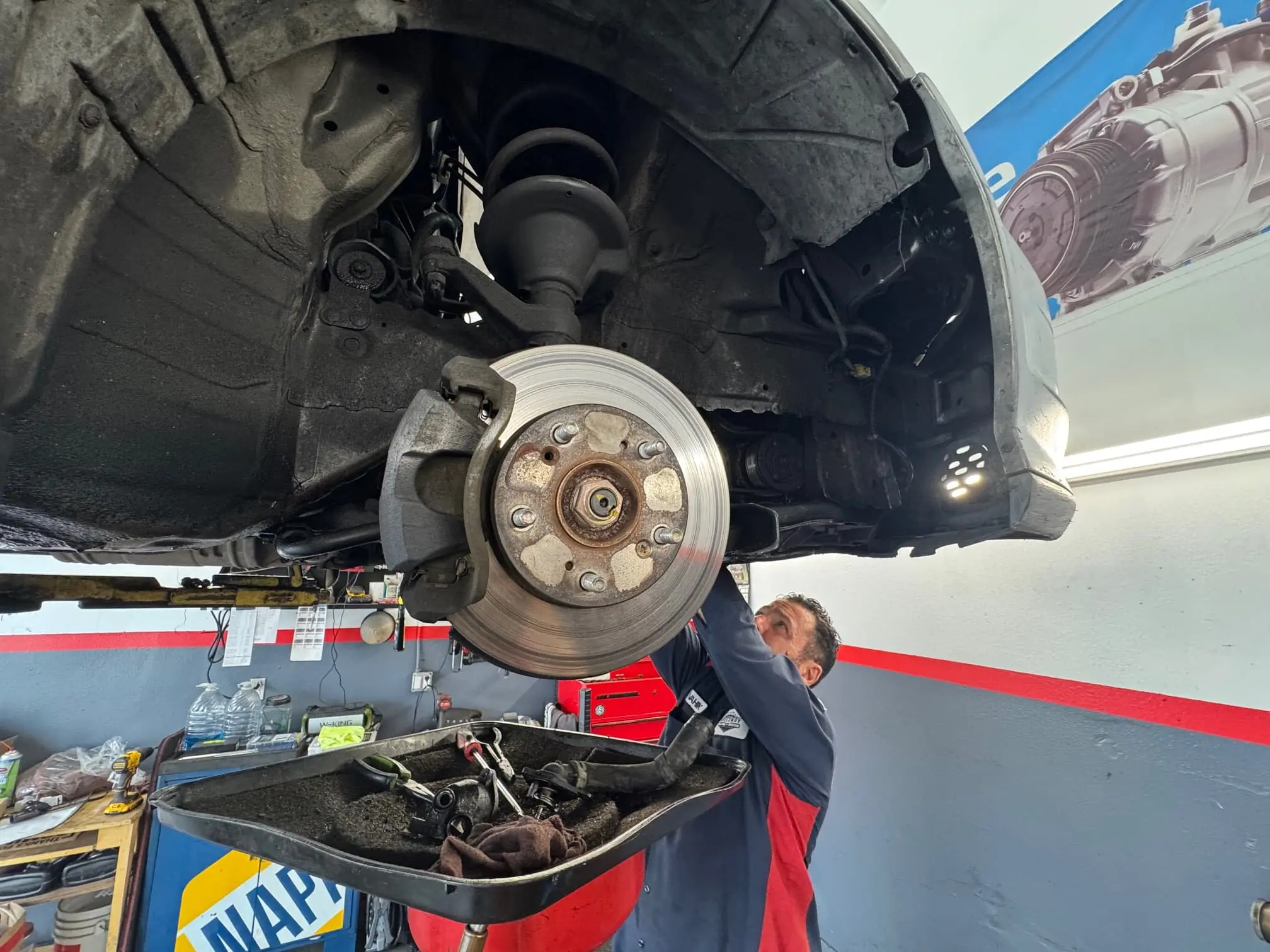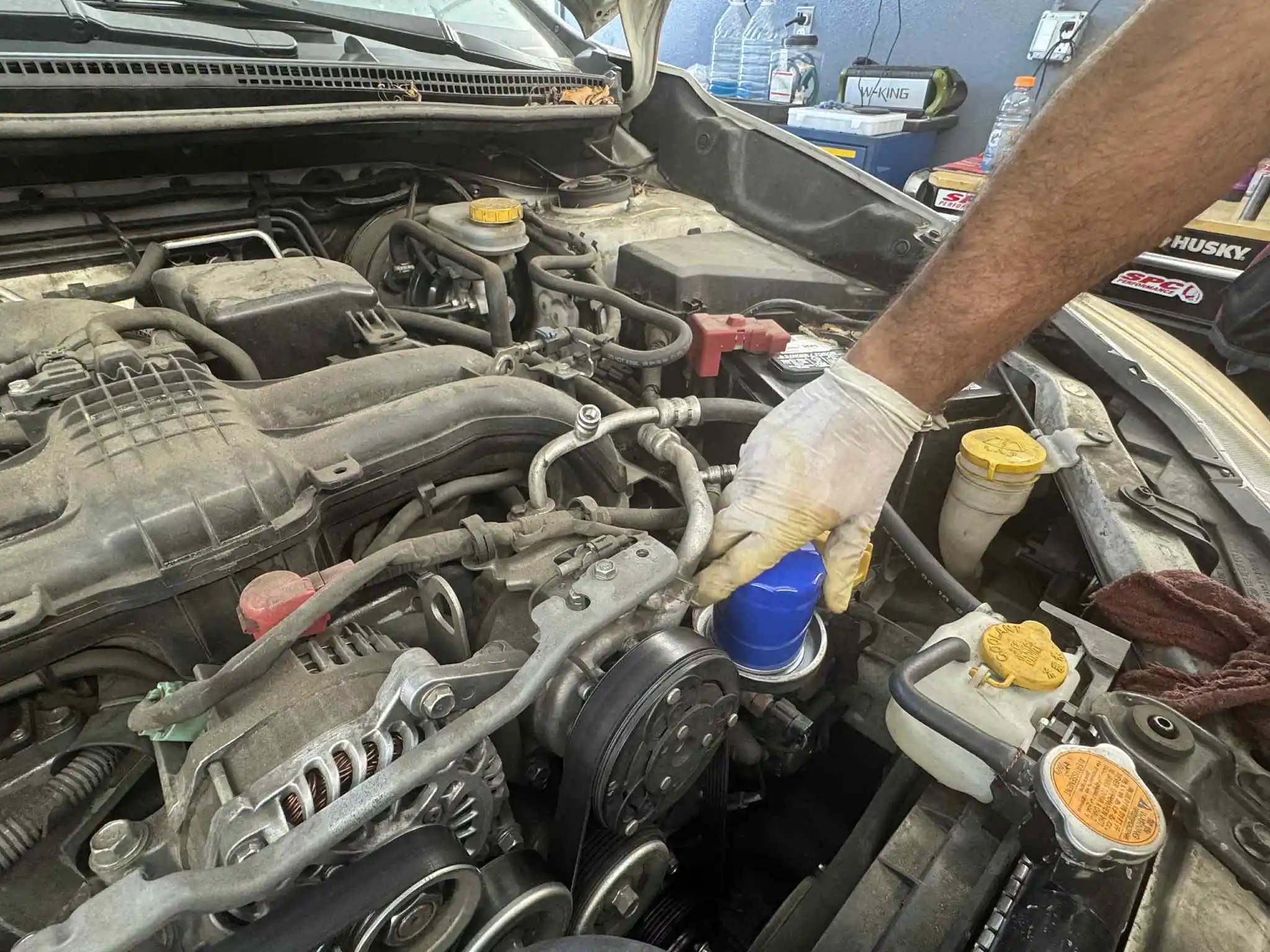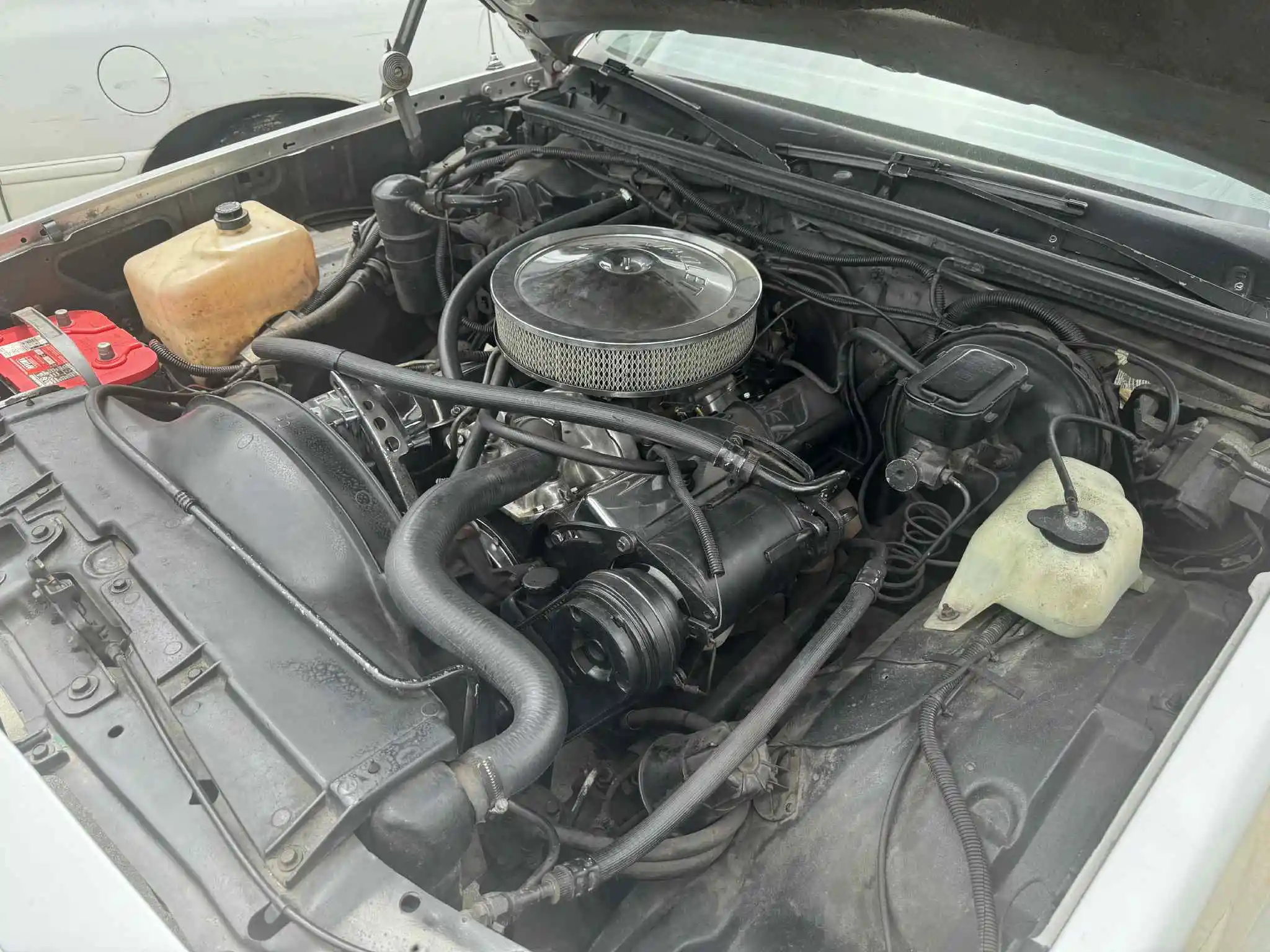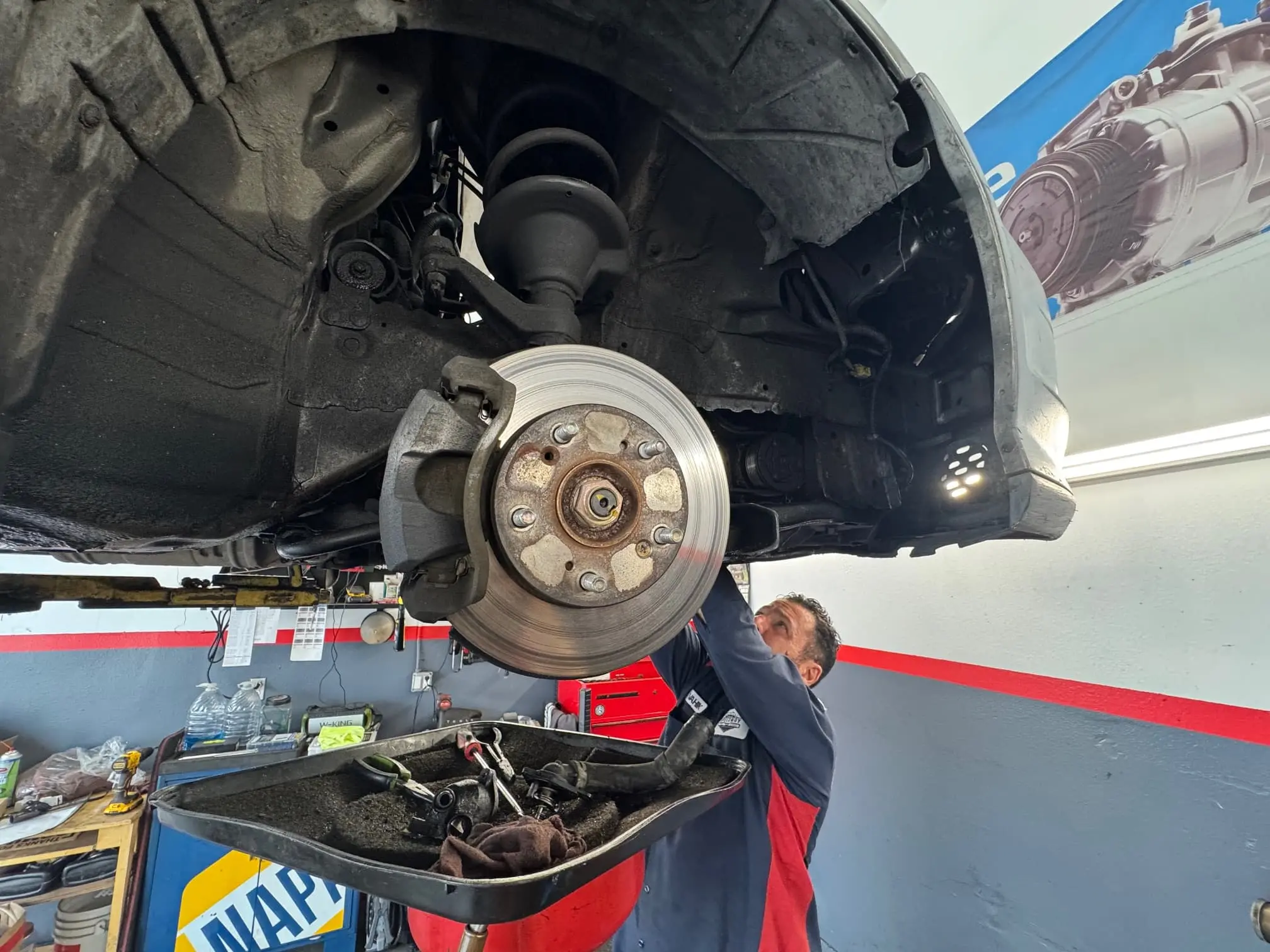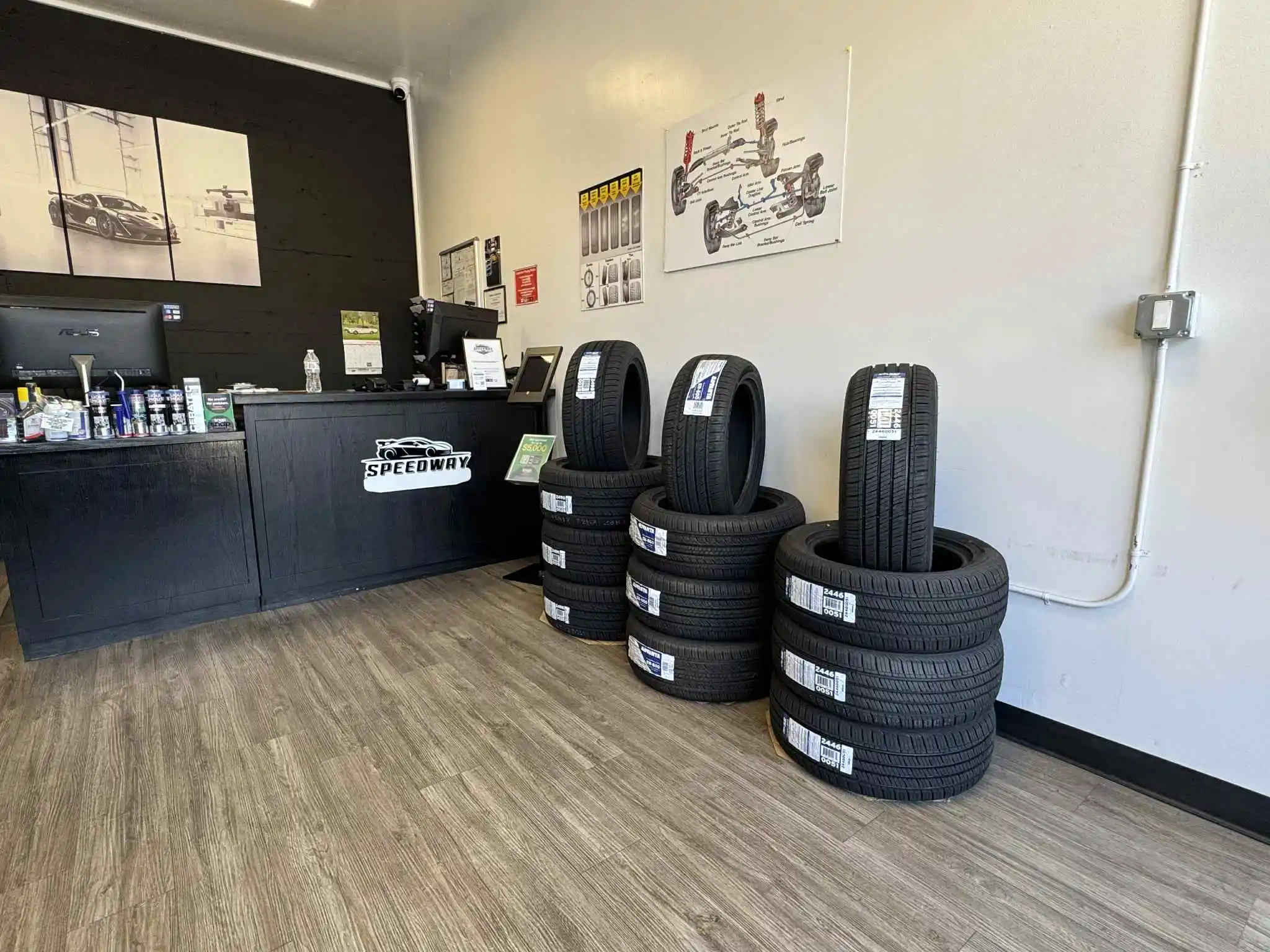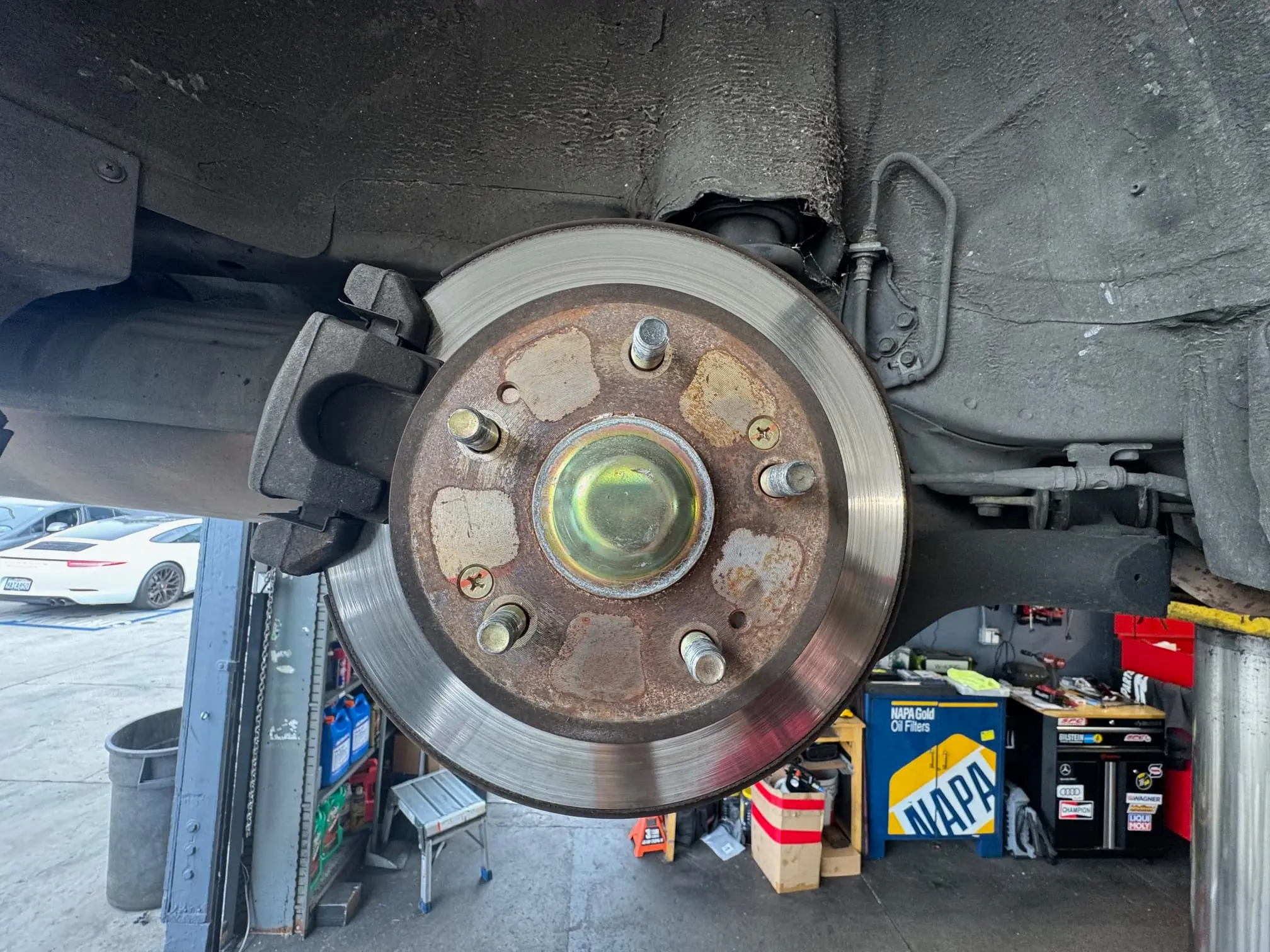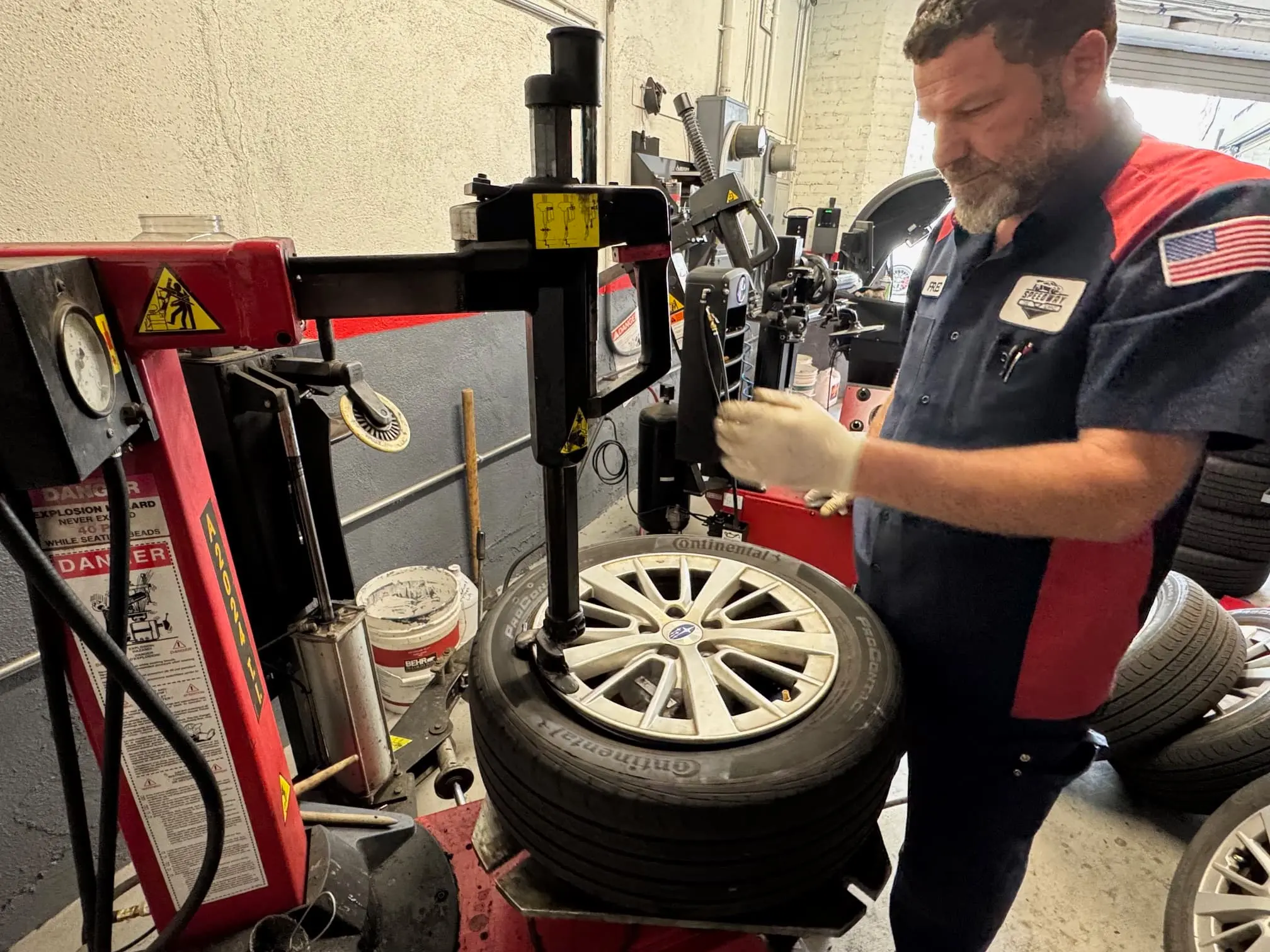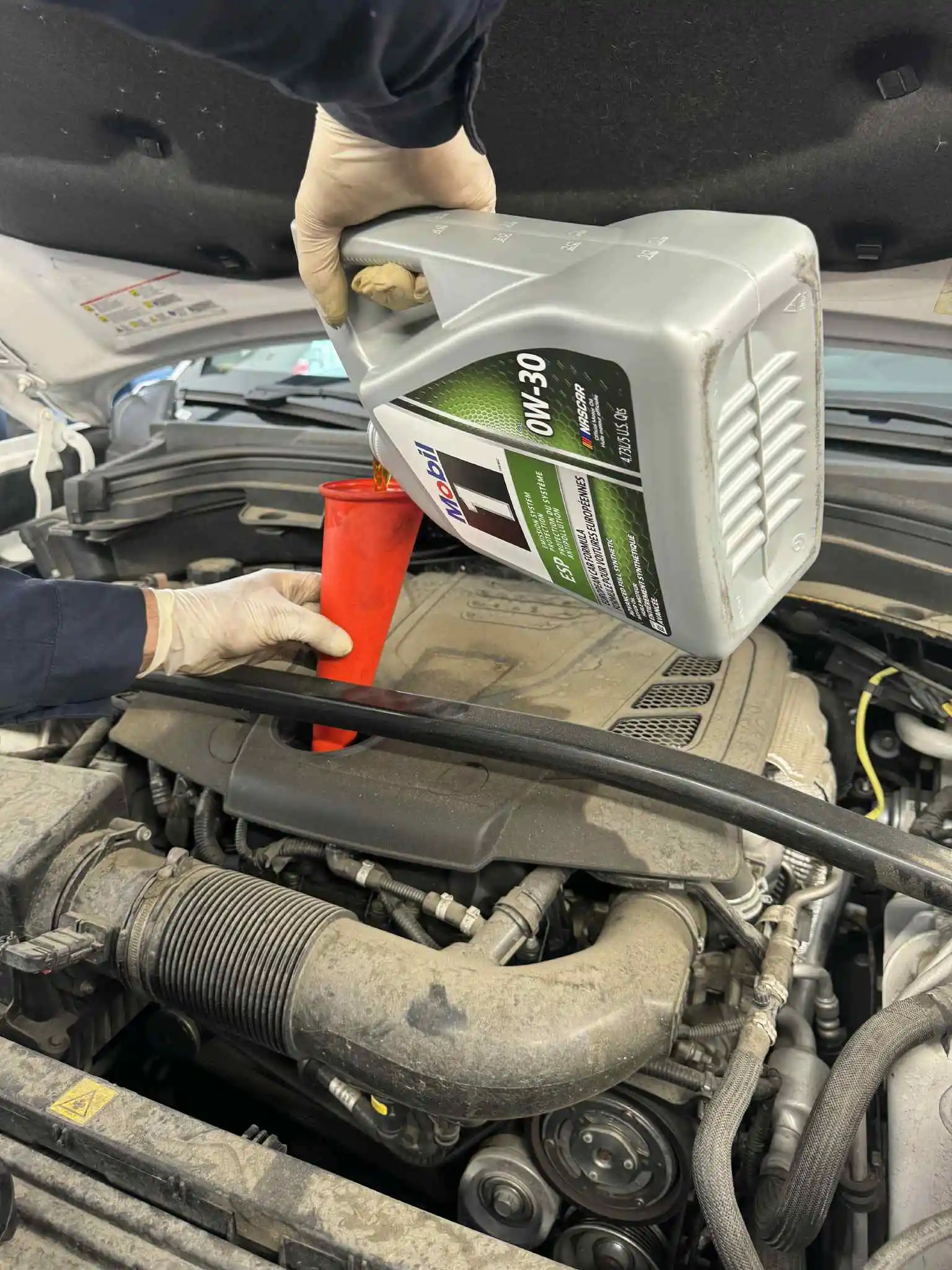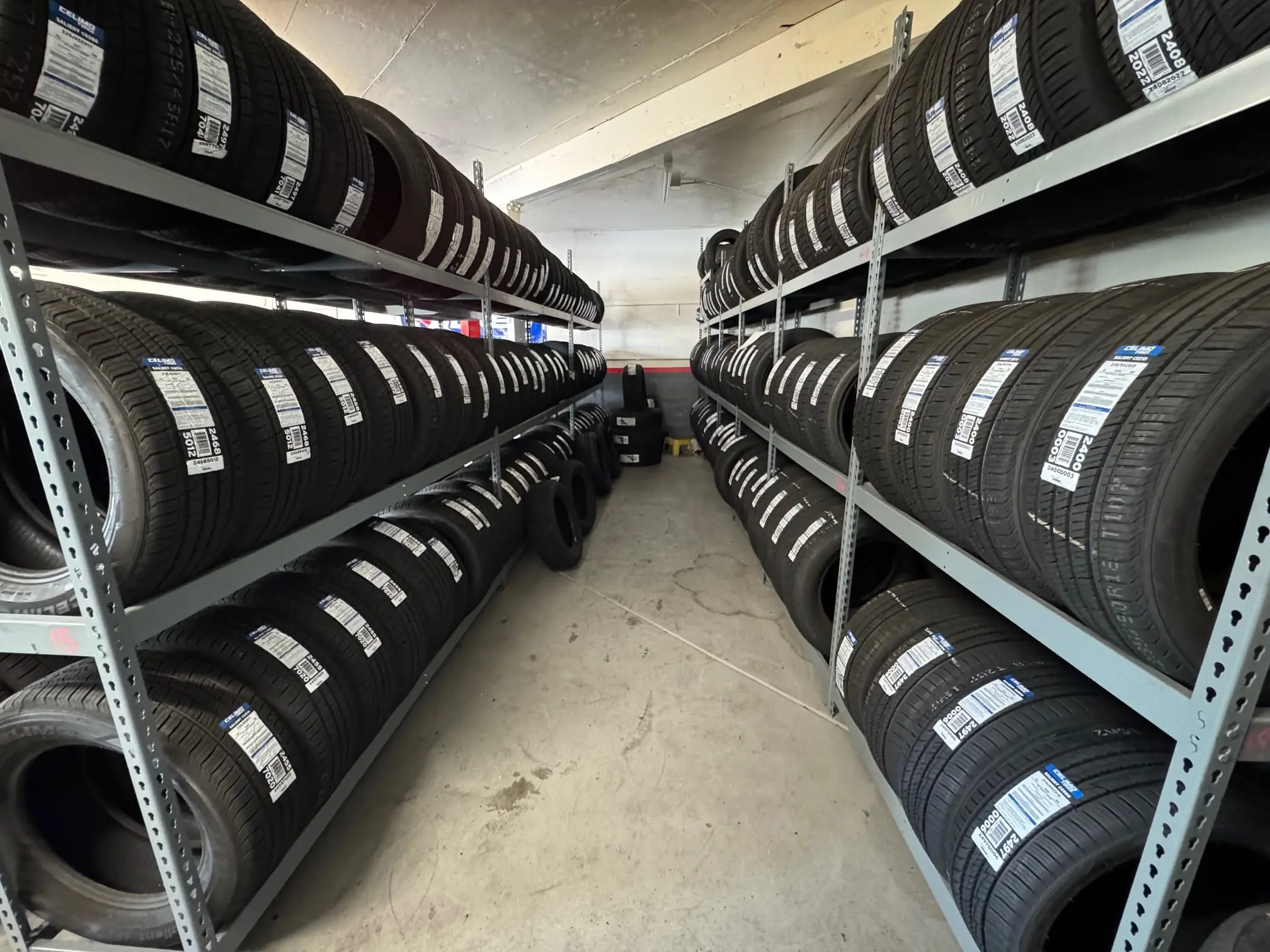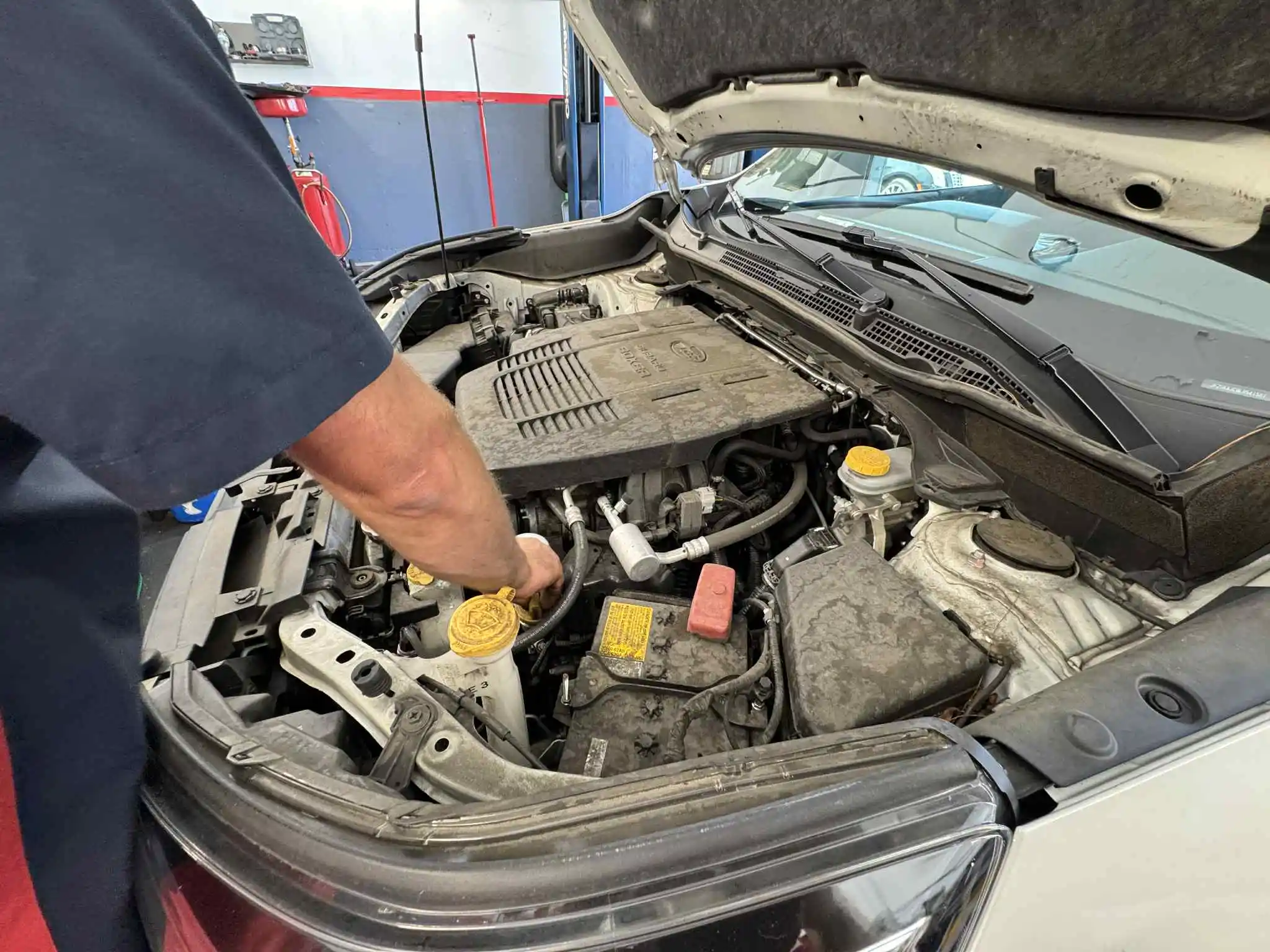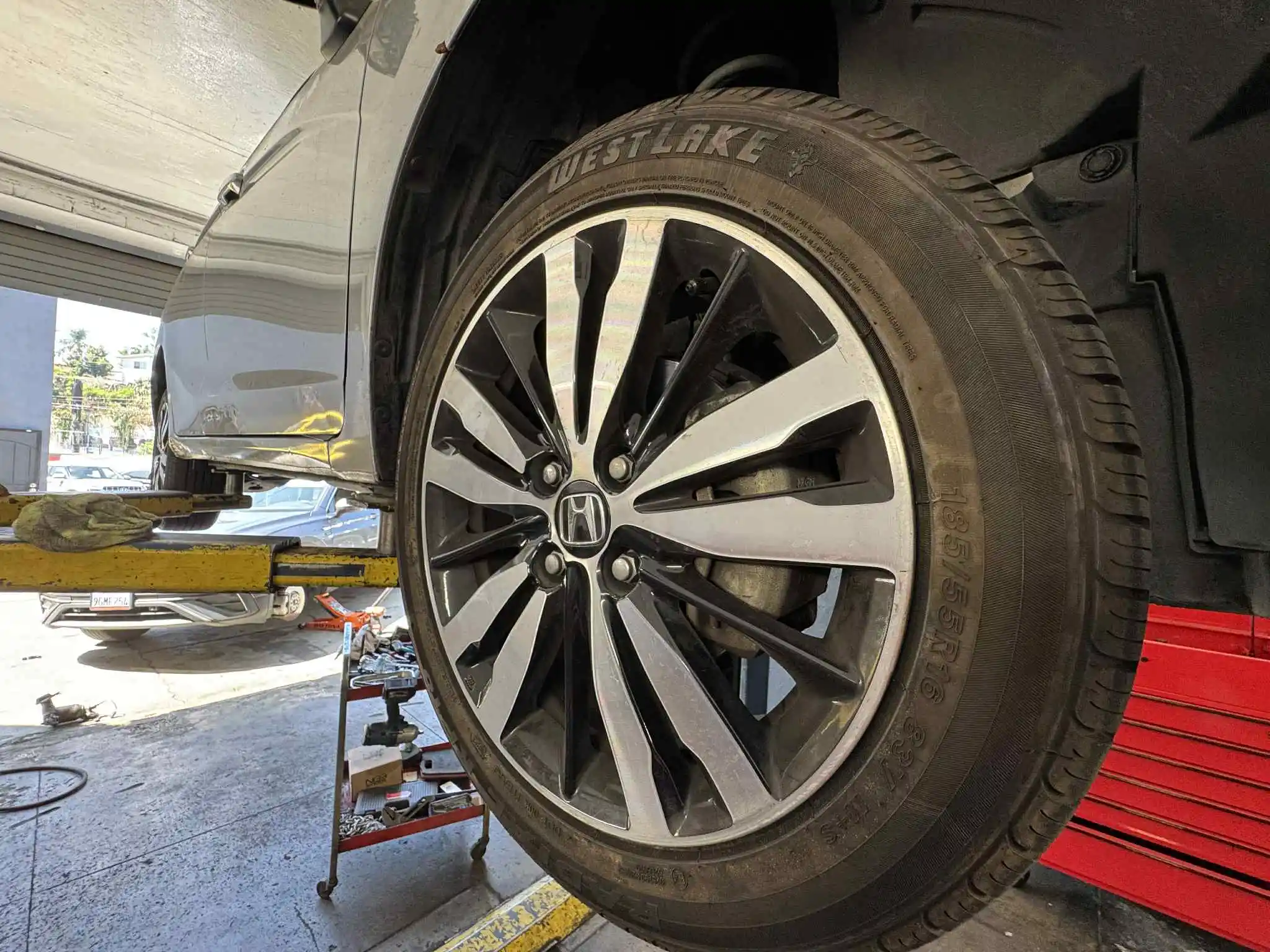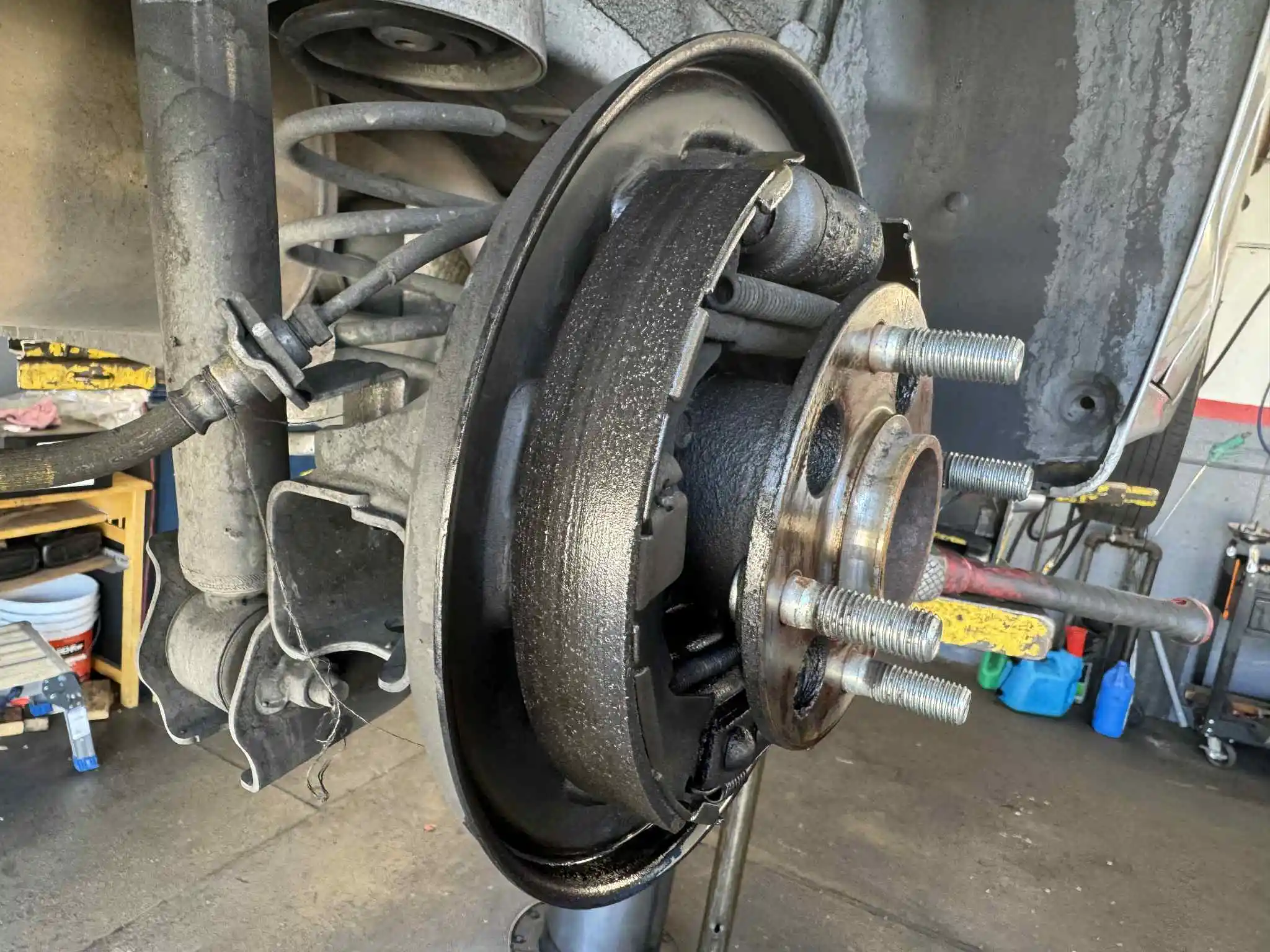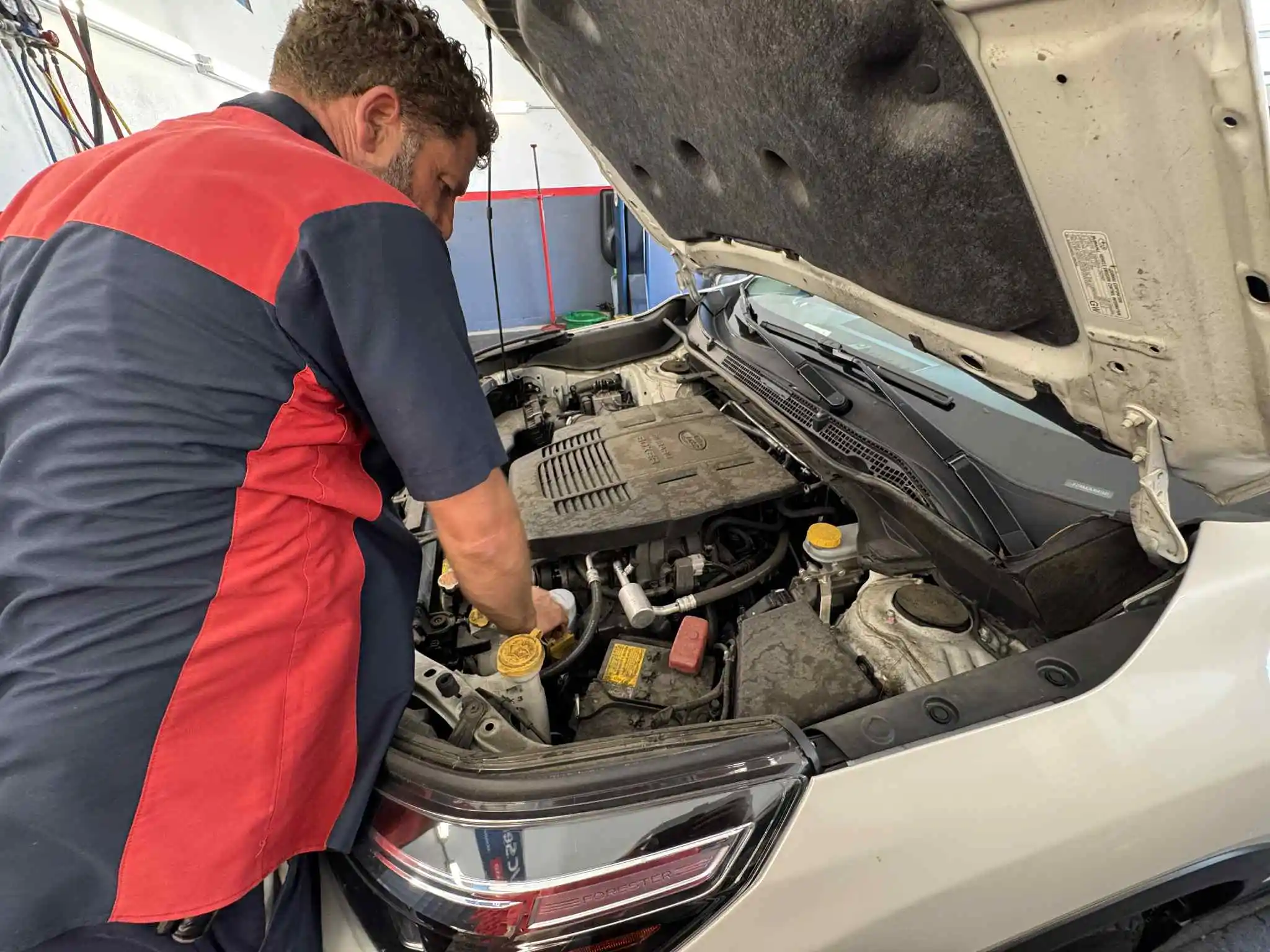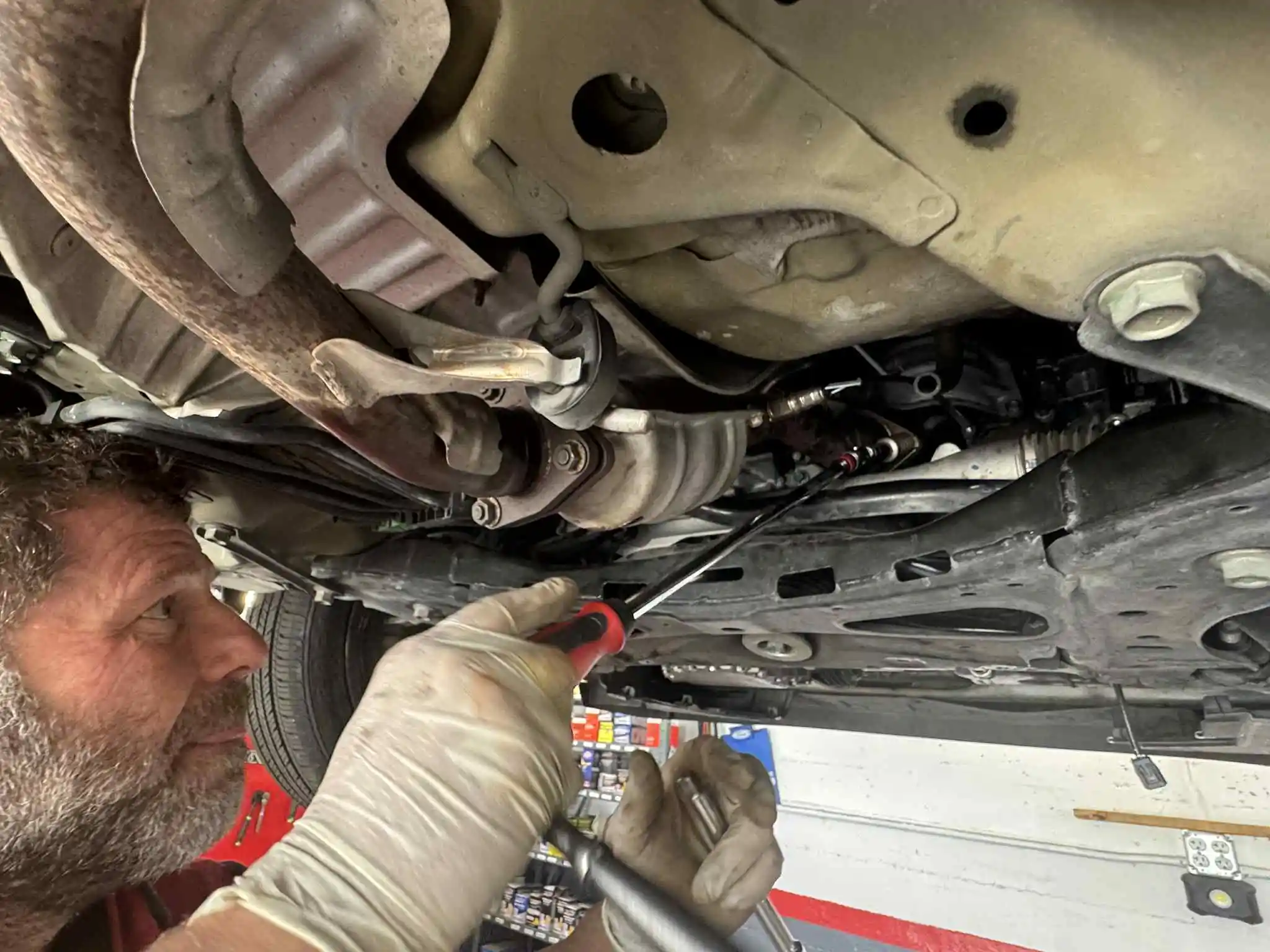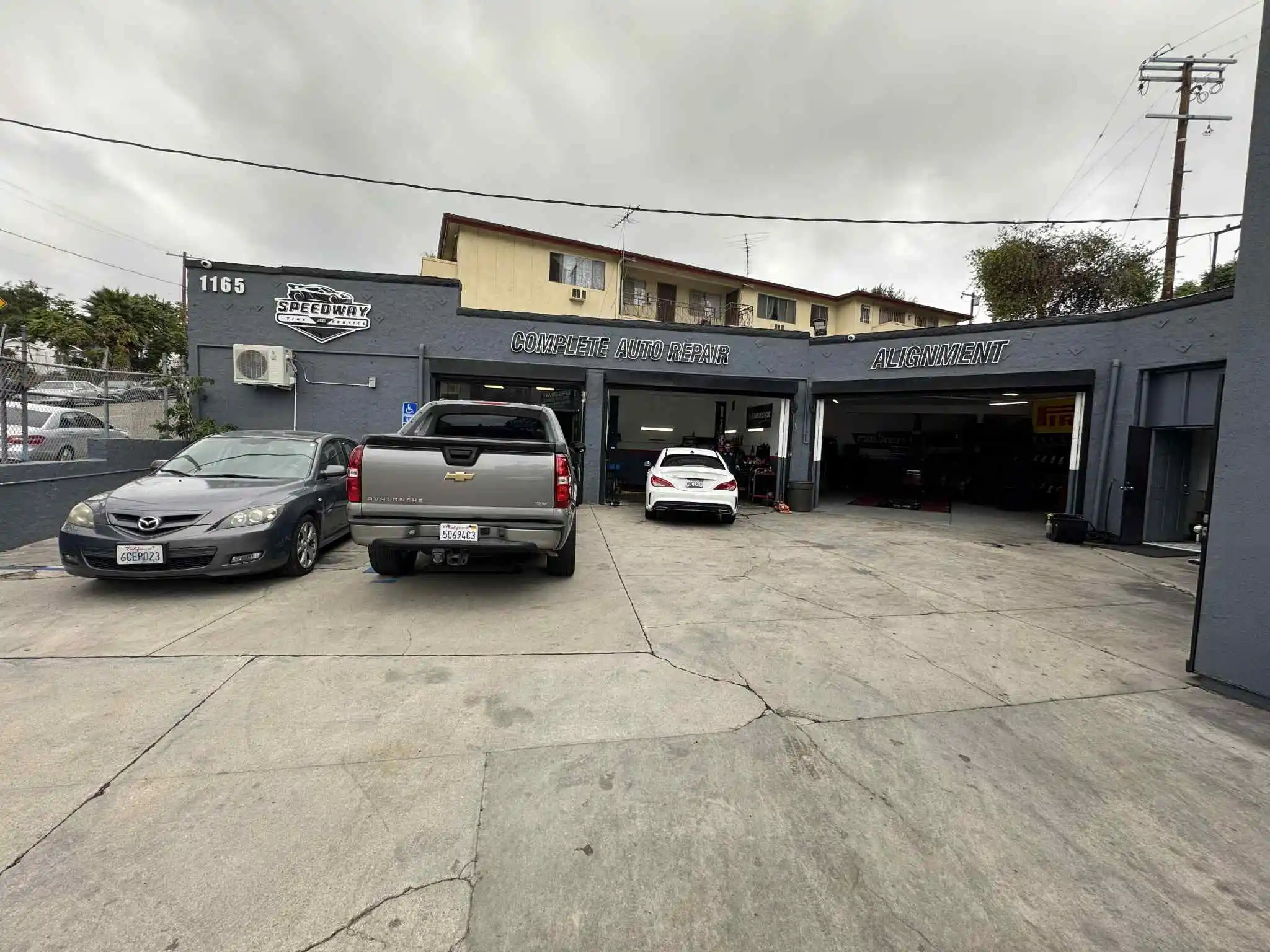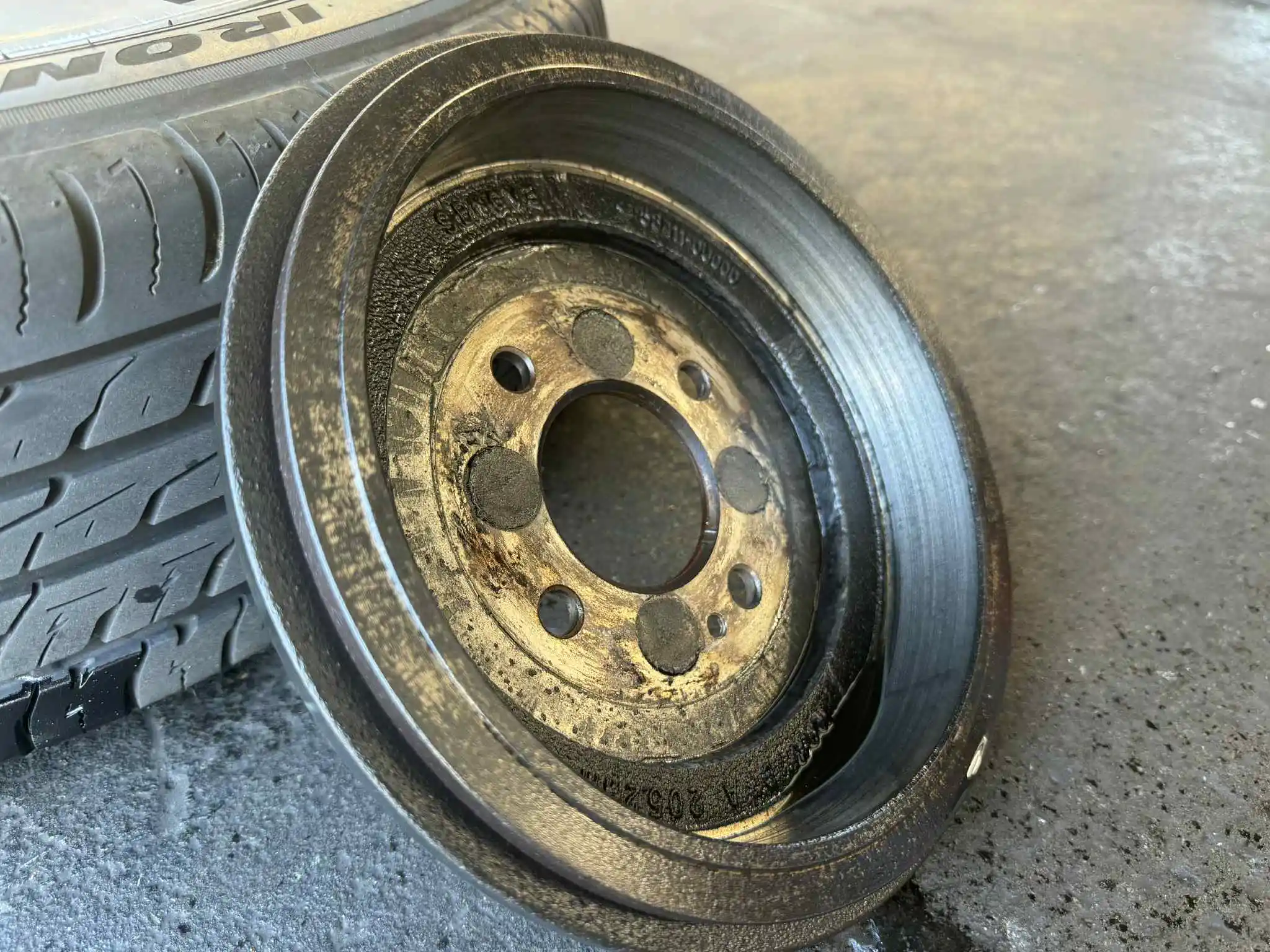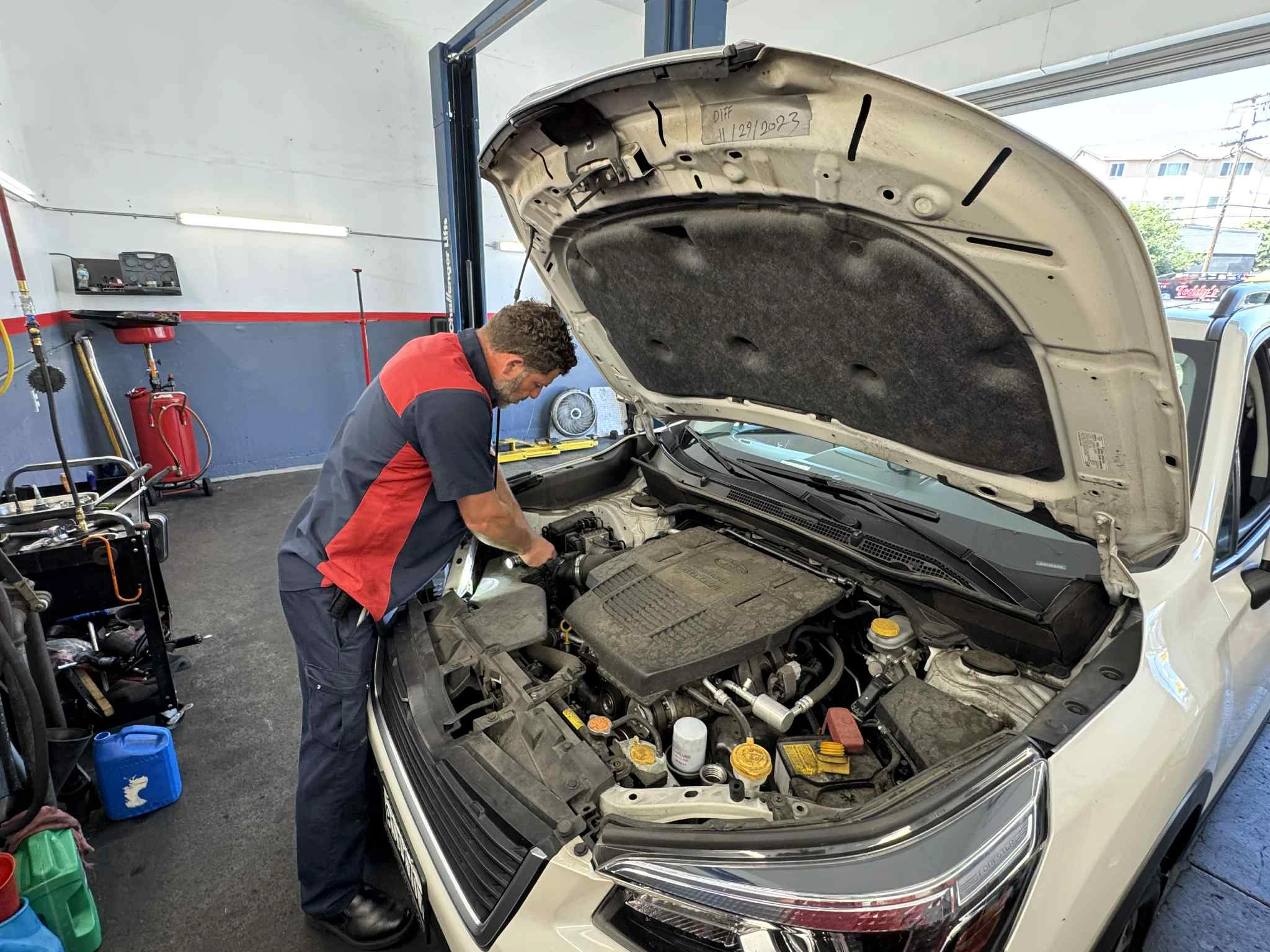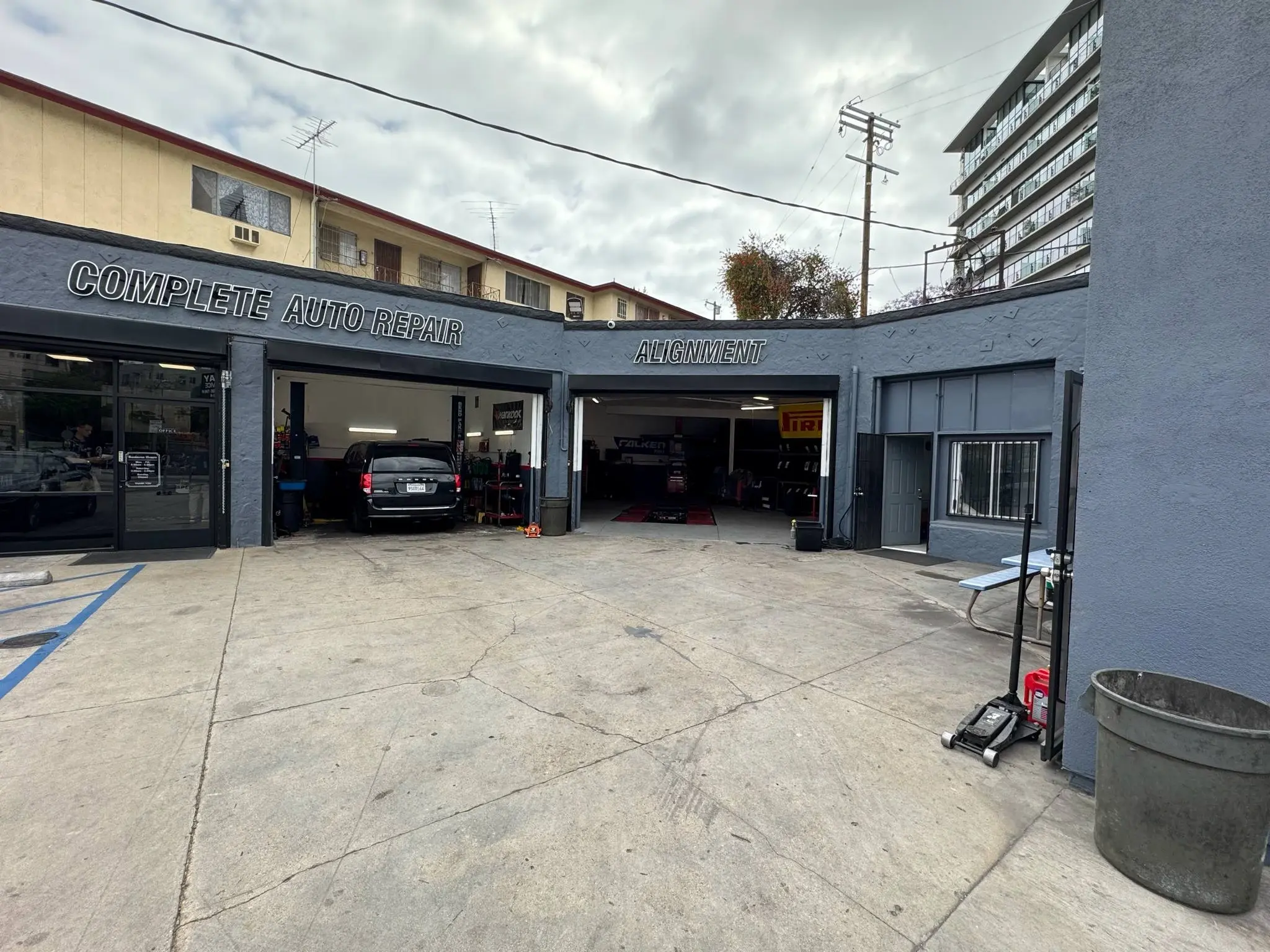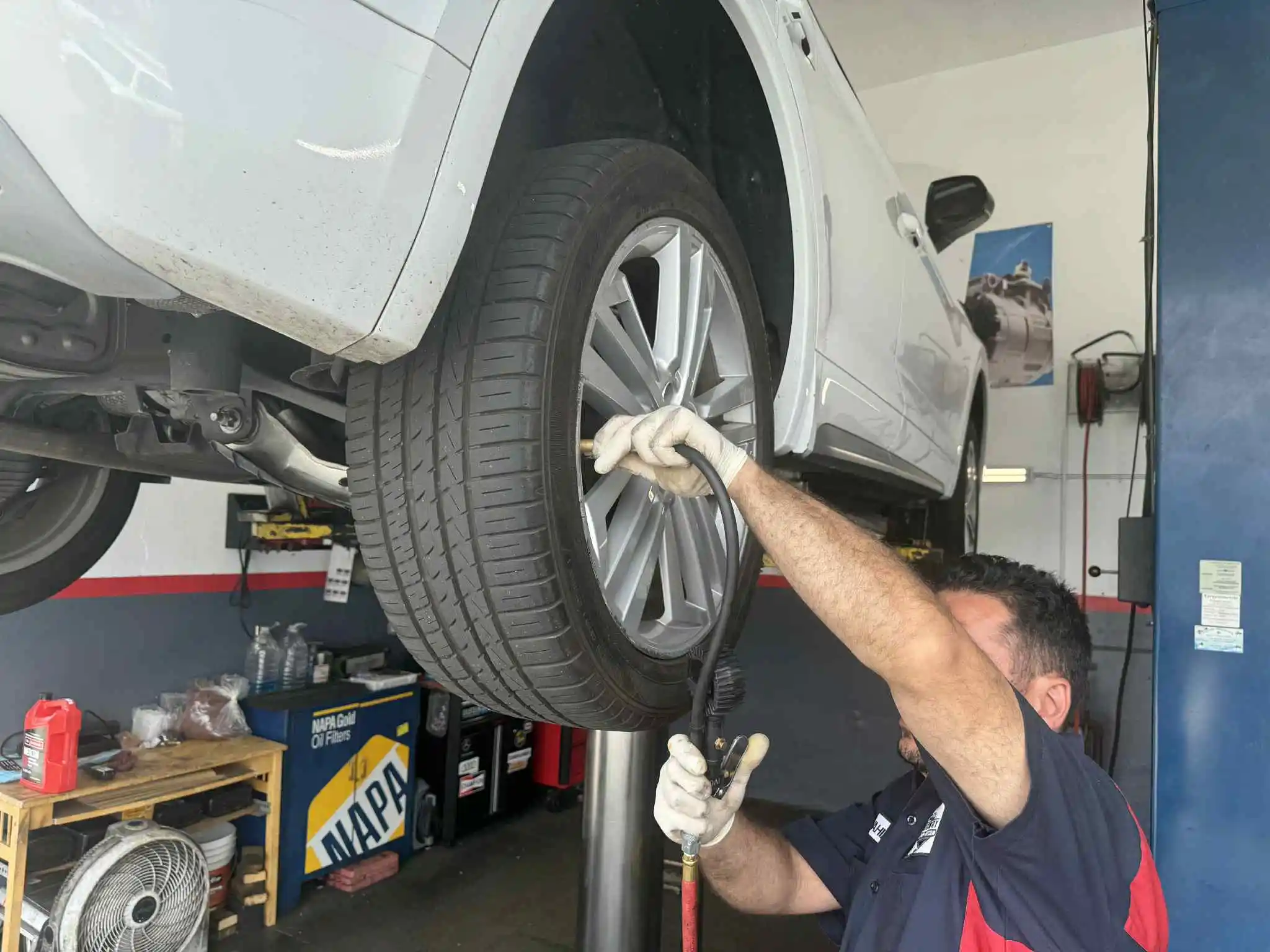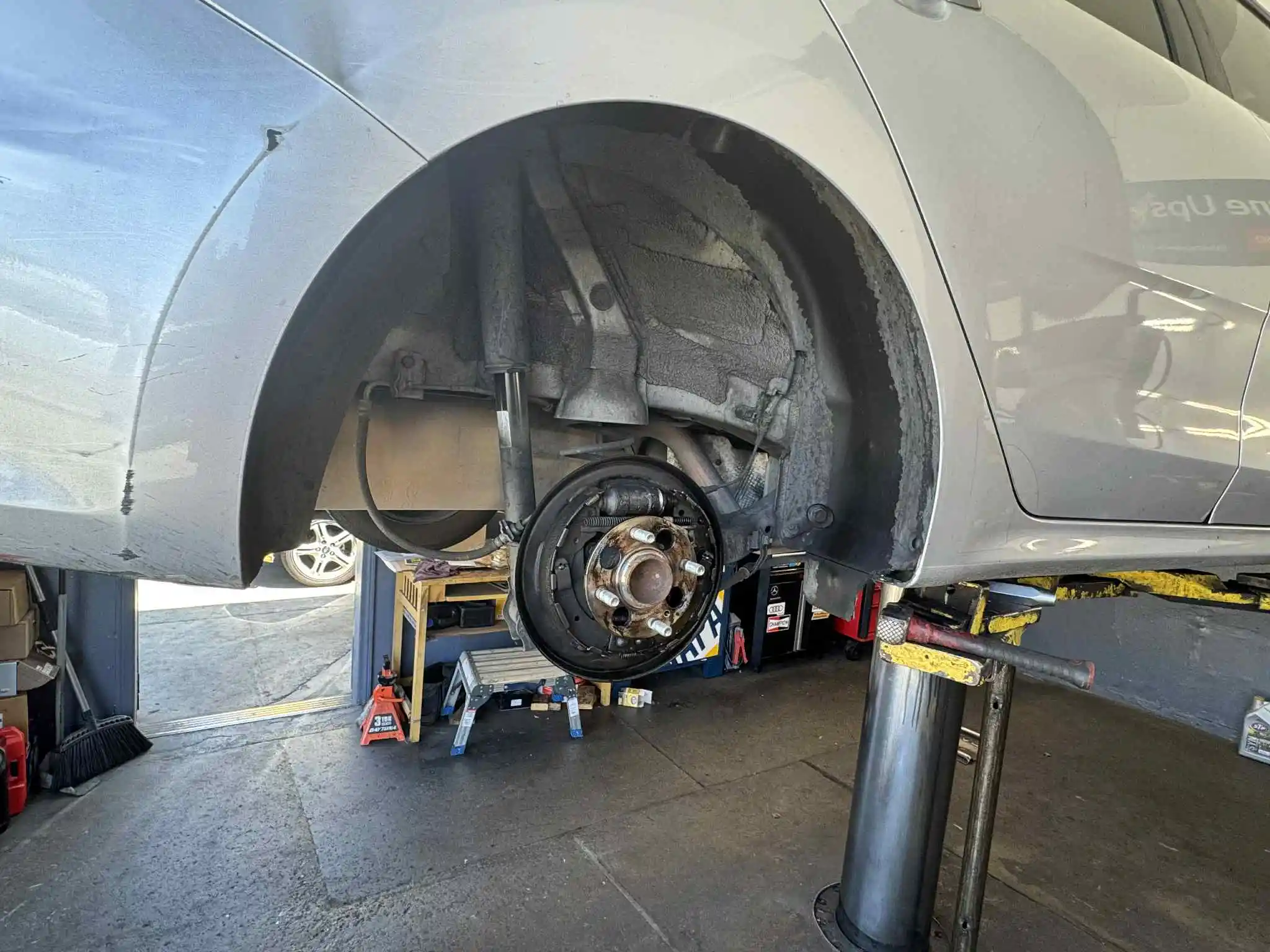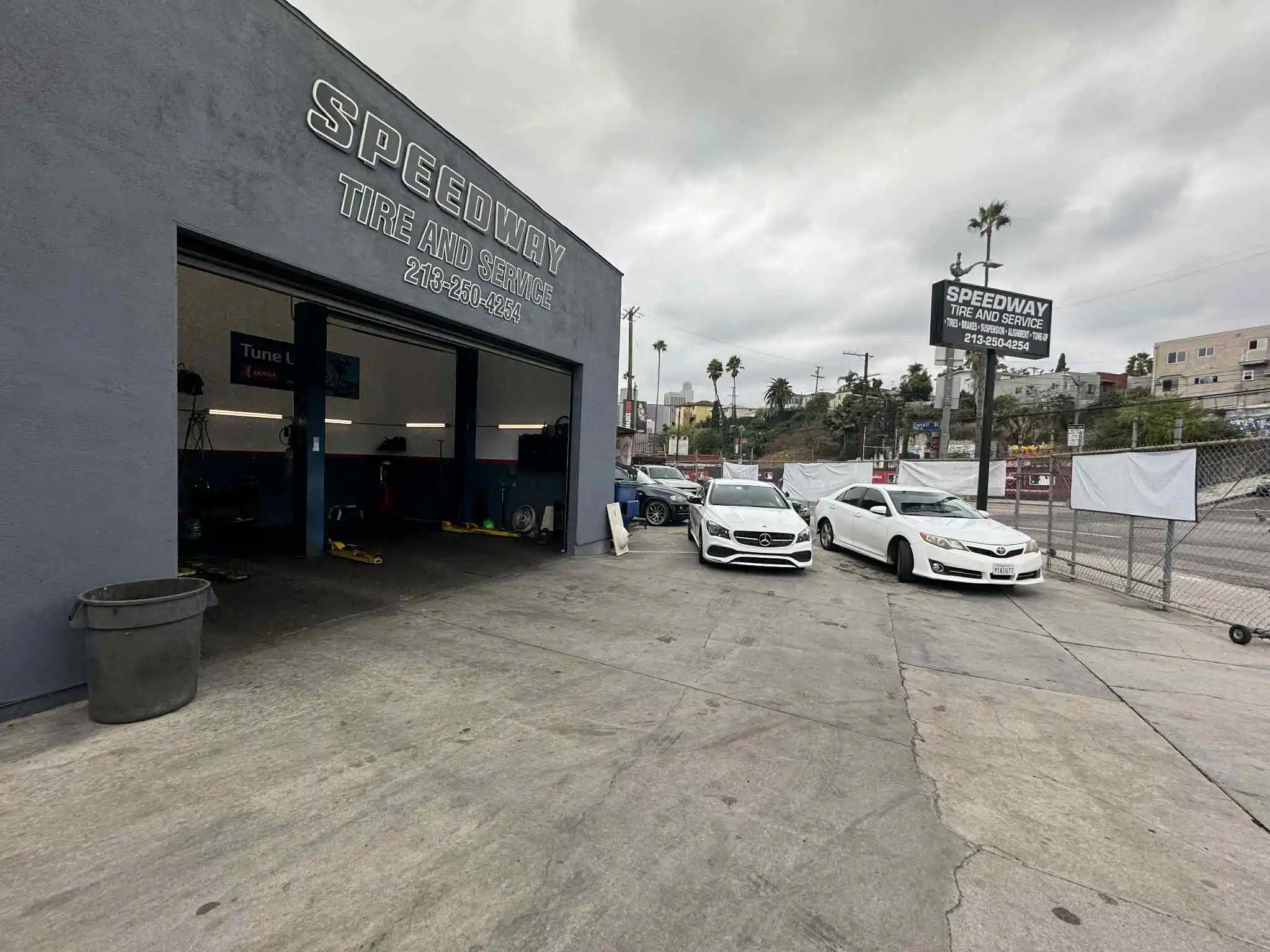Windshield Replacement? Why ADAS Calibration is Critical in DTLA
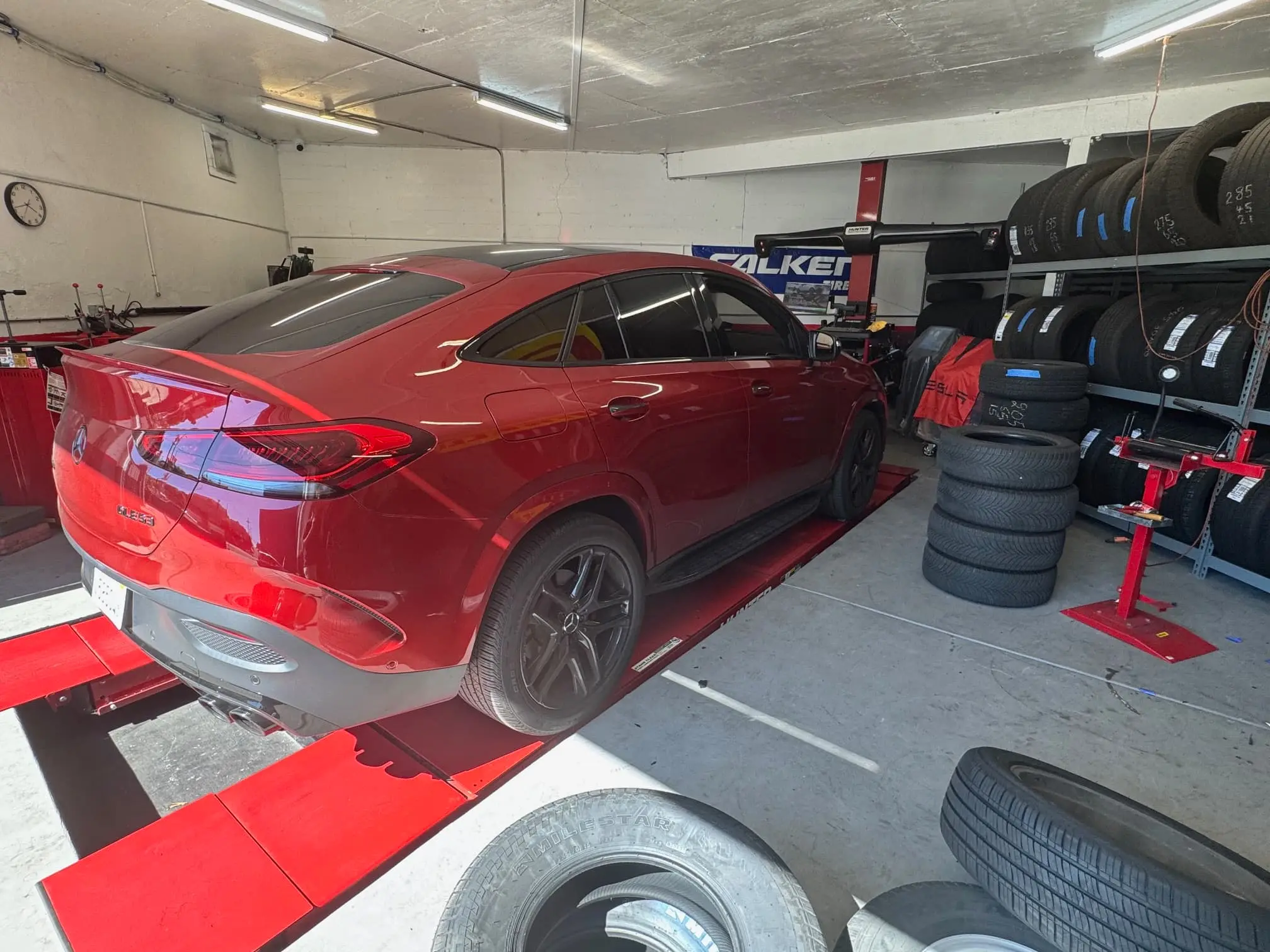
You just had your windshield replaced after a rock chip turned into a spreading crack. The glass looks perfect, the installation seems professional, and you're ready to get back on the road. But there's a critical question your windshield replacement provider should have asked: "Does your vehicle have Advanced Driver Assistance Systems (ADAS), and have we scheduled your ADAS calibration?"
If they didn't ask, and if they didn't perform the calibration, you might be driving through Downtown LA with safety systems that are dangerously misaligned—systems that could fail precisely when you need them most.
For DTLA drivers navigating dense traffic, frequent stops, and unpredictable pedestrian crossings, properly functioning ADAS features aren't luxuries—they're essential safety tools. Understanding why ADAS calibration is critical after windshield replacement could literally save your life or someone else's.
What is ADAS and Why Does It Matter?
Advanced Driver Assistance Systems (ADAS) are the suite of safety technologies that have become increasingly common in modern vehicles. These systems use cameras, radar, and sensors to monitor your surroundings and either warn you of dangers or actively intervene to prevent accidents.
Common ADAS features include:
Forward Collision Warning (FCW): Alerts you when you're approaching another vehicle too quickly, giving you time to brake and avoid a rear-end collision.
Automatic Emergency Braking (AEB): Automatically applies the brakes if a collision is imminent and you haven't responded to warnings.
Lane Departure Warning (LDW): Alerts you when your vehicle drifts out of its lane without signaling.
Lane Keep Assist (LKA): Actively steers your vehicle back into its lane if you begin to drift.
Adaptive Cruise Control (ACC): Maintains a set speed while automatically adjusting to keep a safe distance from the vehicle ahead.
Blind Spot Monitoring: Warns you when vehicles are in your blind spots.
Pedestrian Detection: Identifies pedestrians in your path and warns you or applies brakes automatically.
According to research by the American Automobile Association (AAA), if every vehicle had the most common ADAS features and they were used properly, it could prevent an estimated 2.7 million crashes and 9,500 deaths every year. These aren't minor conveniences—they're life-saving technologies that have fundamentally changed vehicle safety.
The Windshield Connection: Why Your Glass Matters
Here's what many drivers don't realize: many of these ADAS features rely on a forward-facing camera mounted behind your rearview mirror, looking through your windshield. This camera is the "eyes" of your vehicle's safety systems.
The camera monitors lane markings for lane keep assist, tracks the distance to vehicles ahead for forward collision warning and automatic emergency braking, identifies pedestrians, reads traffic signs, and provides the visual data that makes these systems work.
When your windshield is replaced, several things happen that can affect this camera's accuracy:
Physical Displacement: Even if the camera itself isn't removed during windshield replacement, the process can slightly shift its position or angle.
Glass Variations: Different windshields may have slight variations in thickness, curvature, or optical properties that affect how the camera "sees" through the glass.
Mounting Changes: The camera bracket or mounting system may be disturbed during installation.
Calibration Loss: Many vehicles automatically detect that the windshield has been replaced and deactivate ADAS features until proper calibration is performed.
Even a misalignment of just a few degrees can cause ADAS systems to malfunction. A camera aimed slightly too high might not detect a vehicle directly in front of you. One aimed too low might trigger false warnings. A camera that's off-center might not accurately track lane markings, causing lane keep assist to steer you incorrectly—or not at all.
The Alarming Statistics
The need for ADAS calibration after windshield replacement has grown dramatically as these systems have become more common. According to industry research, nearly 9 out of 10 model year 2023 vehicles require ADAS recalibration after windshield replacement—a massive increase from just 1 in 4 vehicles in 2016.
This means that if you're driving a newer vehicle in Downtown LA, there's an approximately 90% chance that your windshield replacement requires calibration. Yet many drivers—and unfortunately, some windshield replacement providers—don't realize this requirement exists.
The National Highway Traffic Safety Administration (NHTSA) emphasizes that ADAS cameras must be properly recalibrated after repairs—especially windshield replacement—to maintain your vehicle's safety integrity. Nearly all vehicle manufacturers require recalibration of the forward-facing camera whenever the windshield is replaced. This isn't a suggestion or a recommendation—it's a safety mandate specified in the vehicle's service procedures.
What Happens Without Proper Calibration?
Driving with uncalibrated ADAS systems creates several dangerous scenarios:
False Sense of Security
You believe your safety systems are protecting you, but they're actually misaligned and may not function when needed. You might rely on forward collision warning to alert you if you're approaching a stopped vehicle too quickly, but if the camera is misaligned, that warning might come too late—or not at all.
False Warnings and Driver Distrust
Misaligned systems may trigger constant false warnings, causing you to ignore or disable the safety features altogether. If your lane keep assist keeps trying to steer you out of your lane because the camera thinks you're drifting, you might turn the system off—eliminating its protection when you actually need it.
System Deactivation
Many modern vehicles will automatically disable ADAS features if they detect a problem or if the windshield has been replaced without calibration. You might see warning lights on your dashboard indicating that safety systems are unavailable, leaving you without the protection you've come to depend on.
Increased Accident Risk
The entire purpose of ADAS is to prevent accidents. Uncalibrated systems defeat that purpose, potentially increasing your accident risk compared to not having the systems at all, because you're relying on protection that isn't actually there.
Why DTLA Driving Makes This Even More Critical
Downtown Los Angeles presents unique driving challenges that make properly functioning ADAS especially important:
Dense Traffic: DTLA's heavy traffic means you're constantly in close proximity to other vehicles. Forward collision warning and automatic emergency braking are critical for preventing rear-end collisions in stop-and-go traffic.
Frequent Lane Changes: Navigating DTLA often requires frequent lane changes. Lane keep assist and blind spot monitoring help you do this safely, but only if they're properly calibrated.
Pedestrian Activity: Downtown has high pedestrian traffic, especially near Pershing Square, Grand Central Market, and the Arts District. Pedestrian detection systems can prevent tragic accidents, but only if the camera is accurately aimed.
Complex Intersections: DTLA's busy intersections require constant attention. ADAS features help manage the cognitive load, but misaligned systems can actually increase distraction through false warnings.
Highway Transitions: Moving between surface streets and freeways like the 110 or 101 requires quick adaptation. Adaptive cruise control and lane keep assist make these transitions safer—when they're working correctly.
For DTLA drivers, ADAS isn't a luxury feature for highway cruising—it's an essential safety tool for navigating one of the most challenging urban driving environments in the country.
The ADAS Calibration Process
Professional ADAS calibration is a precise, technical process that requires specialized equipment and training. Here's what it involves:
Step 1: Pre-Calibration Inspection
The technician verifies that the windshield is properly installed, the camera is correctly mounted, and there are no obvious issues that would prevent successful calibration. They also check that tire pressures are correct, the vehicle is on level ground, and the battery is fully charged—all factors that can affect calibration accuracy.
Step 2: Diagnostic Scan
Using manufacturer-specific diagnostic equipment, the technician connects to your vehicle's computer system to check for error codes and verify which ADAS systems require calibration.
Step 3: Static or Dynamic Calibration
There are two types of ADAS calibration, and your vehicle may require one or both:
Static Calibration: Performed in a shop using specialized targets and patterns positioned at precise distances and angles in front of the vehicle. The camera "learns" its position relative to these known references. This process typically takes 30-60 minutes and requires a controlled environment with specific lighting conditions.
Dynamic Calibration: Performed by driving the vehicle on public roads at specific speeds while the system observes lane markings, traffic signs, and other vehicles. The system uses this real-world data to calibrate itself. This process can take 30 minutes to an hour of driving under specific conditions.
Step 4: Verification
After calibration, the technician performs a final diagnostic scan to confirm that all systems are functioning correctly and that no error codes remain.
Step 5: Road Test
A test drive verifies that ADAS features are working properly in real-world conditions, with appropriate warnings and interventions occurring at the right times.
The Cost of ADAS Calibration
ADAS calibration typically costs between $150 and $300, depending on your vehicle make and model and whether static, dynamic, or both calibration types are required. Some luxury vehicles with multiple cameras or complex systems may cost more.
While this might seem expensive on top of windshield replacement costs, consider the alternative: driving with compromised safety systems that could fail when you need them most. The cost of calibration is minimal compared to the potential cost of an accident—in terms of vehicle damage, medical bills, increased insurance rates, and most importantly, personal safety.
Many comprehensive auto insurance policies cover windshield replacement with no deductible. If your policy covers windshield replacement, check whether it also covers the required ADAS calibration. Many insurers now recognize this as a necessary part of proper windshield replacement.
Warning Signs Your ADAS Needs Calibration
If you've recently had your windshield replaced and notice any of these symptoms, your ADAS may need calibration:
Dashboard Warning Lights: Icons indicating that safety systems are disabled or malfunctioning.
Frequent False Warnings: Your forward collision warning activates when there's no danger, or lane departure warnings trigger when you're clearly centered in your lane.
System Unavailability: Messages indicating that ADAS features are temporarily unavailable or need service.
Erratic Lane Keep Assist: Your lane keep assist tries to steer you out of your lane or doesn't activate when you actually drift.
Adaptive Cruise Control Issues: Your adaptive cruise control doesn't maintain proper following distance or doesn't recognize vehicles ahead.
Don't ignore these warnings. They're telling you that your safety systems aren't working correctly and need professional attention.
Choosing the Right Service Provider
Not all windshield replacement providers offer ADAS calibration, and not all who claim to offer it have the proper equipment and training. When selecting a provider, ask these questions:
Do you perform ADAS calibration on-site? Some providers will replace your windshield but send you elsewhere for calibration, creating inconvenience and additional cost.
What calibration equipment do you use? Proper calibration requires manufacturer-specific or OEM-approved equipment, not generic tools.
Are your technicians certified? Look for technicians with specific ADAS calibration training and certification.
Is calibration included in your quote? Some providers quote windshield replacement prices that don't include required calibration, leading to surprise costs.
What's your warranty? Reputable providers warranty both the windshield installation and the calibration work.
The Future of ADAS and Calibration
As vehicles become more advanced, the importance of proper ADAS calibration will only increase. Future vehicles will have more cameras, more sensors, and more sophisticated safety systems—all of which will require precise calibration after any repair or replacement work.
Some manufacturers are developing self-calibrating systems that can automatically recalibrate after windshield replacement, but these are still years away from widespread adoption. For the foreseeable future, professional calibration will remain essential after windshield work.
Additionally, camera alignment requirements are becoming more stringent as systems become more sophisticated. What might have been acceptable calibration tolerance five years ago may not meet current standards. This is why working with providers who stay current with the latest calibration procedures and equipment is essential.
Don't Compromise Your Safety
Your vehicle's ADAS features represent some of the most significant safety advances in automotive history. They're designed to protect you, your passengers, and other road users from accidents. But they can only do their job if they're properly calibrated.
If you need windshield replacement in Downtown LA, don't settle for providers who cut corners by skipping ADAS calibration. The few hundred dollars you might save isn't worth the risk of driving with compromised safety systems through DTLA's challenging traffic environment.
At Speedway Tire & Service, we understand that modern vehicles require modern service capabilities. While we specialize in tires and comprehensive auto repair services, we work with trusted partners who provide professional windshield replacement and ADAS calibration services to ensure your vehicle's safety systems are functioning exactly as designed.
Whether you're dealing with a cracked windshield, dashboard warning lights indicating ADAS problems, or just want to ensure your safety systems are working correctly, we're here to help. Our experienced team can diagnose ADAS issues, coordinate necessary repairs, and ensure your vehicle is safe for DTLA's demanding driving conditions.
Don't take chances with your safety systems. Contact Speedway Tire & Service today at (213) 250-4254 or visit us at 1165 West Sunset Blvd. We're proud to serve Downtown LA, Silver Lake, and Echo Park with honest, professional automotive service that prioritizes your safety above all else.
Your ADAS features are only as good as their calibration. Make sure yours is perfect.
Looking for an honest Auto Repair Shop in Los Angeles? Call Speedway Tire and Service Today
Whether you’re driving through LA traffic or cruising the freeways, your car deserves expert care. Located in Los Angeles, Speedway Tire and Service offers reliable oil changes, brake repairs, tire services, and more—all backed by experienced technicians and honest pricing.
